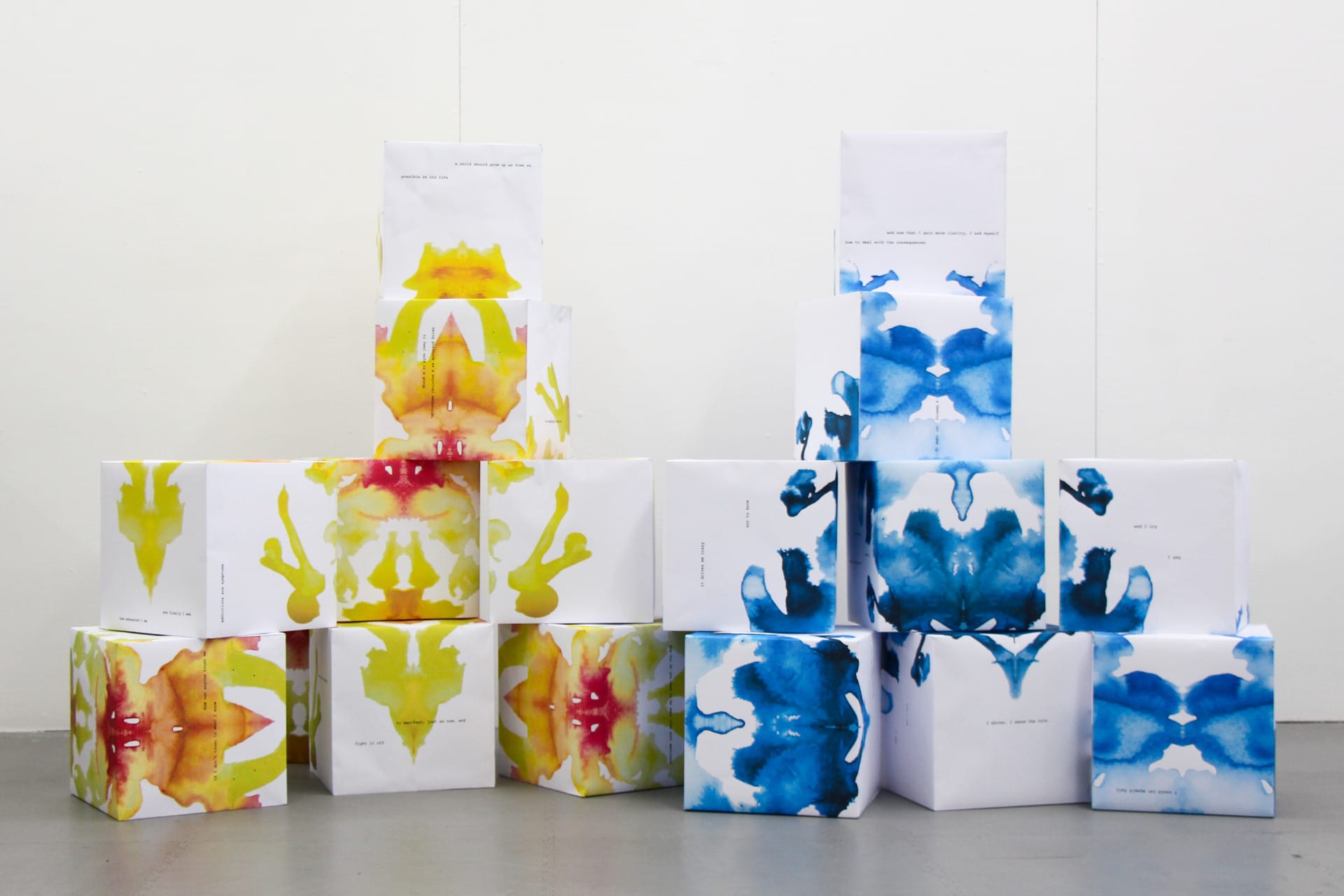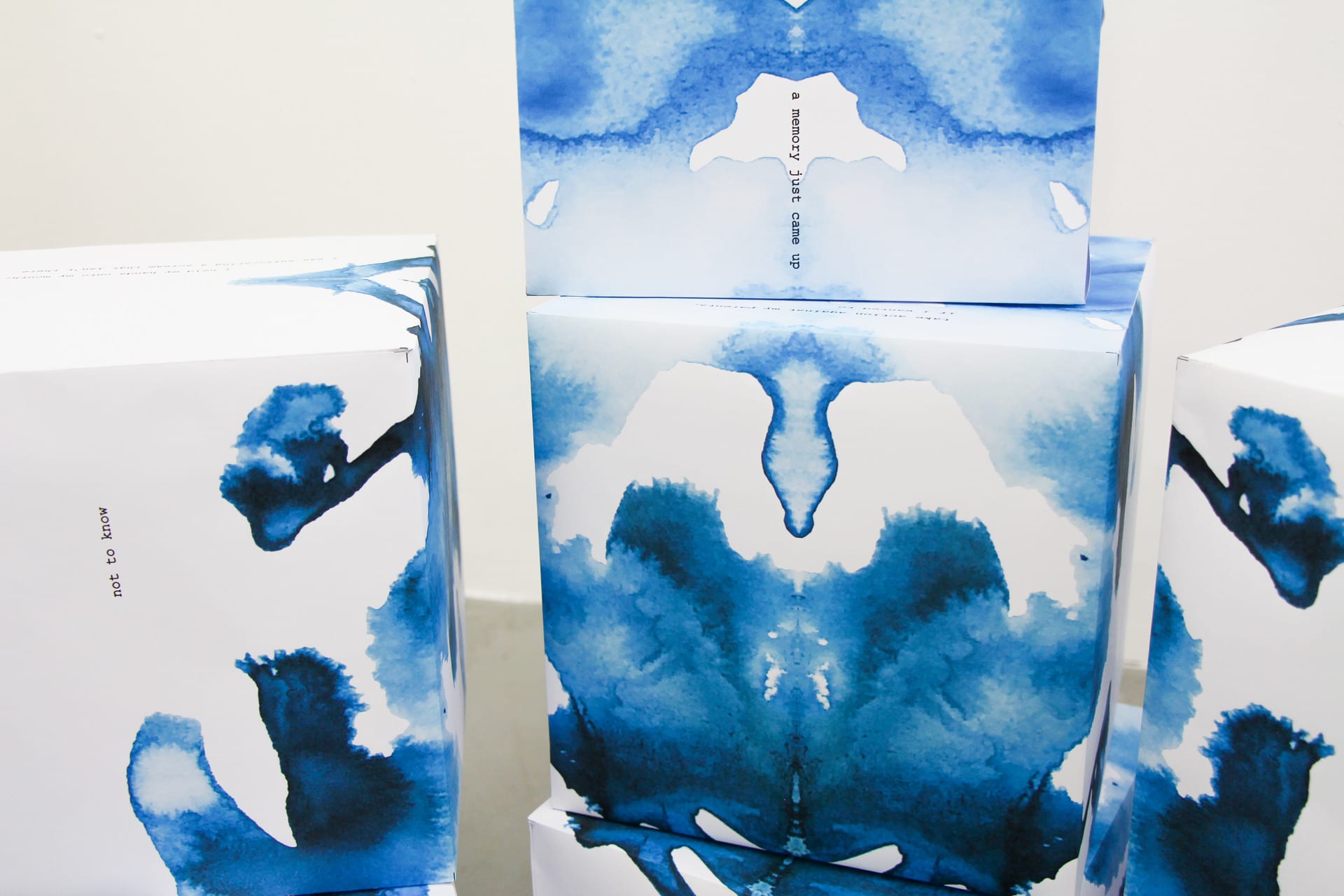It is the year 2052 and a new era has begun: The Near Past of Intergenerational Trauma. Inherited trauma patterns have become society‘s most dominant concern, with the popularization of psychoanalysis and domestic violence cases at an all-time high. In order to fight for intergenerational justice, the United Nations have established a UK heritage detection scheme. Family-run organizations like Charleston Estate are being examined and transformed into trauma processing centres to come to terms with the past.
This project asks how spatial intervention can help to break the cycle of intergenerational trauma?









